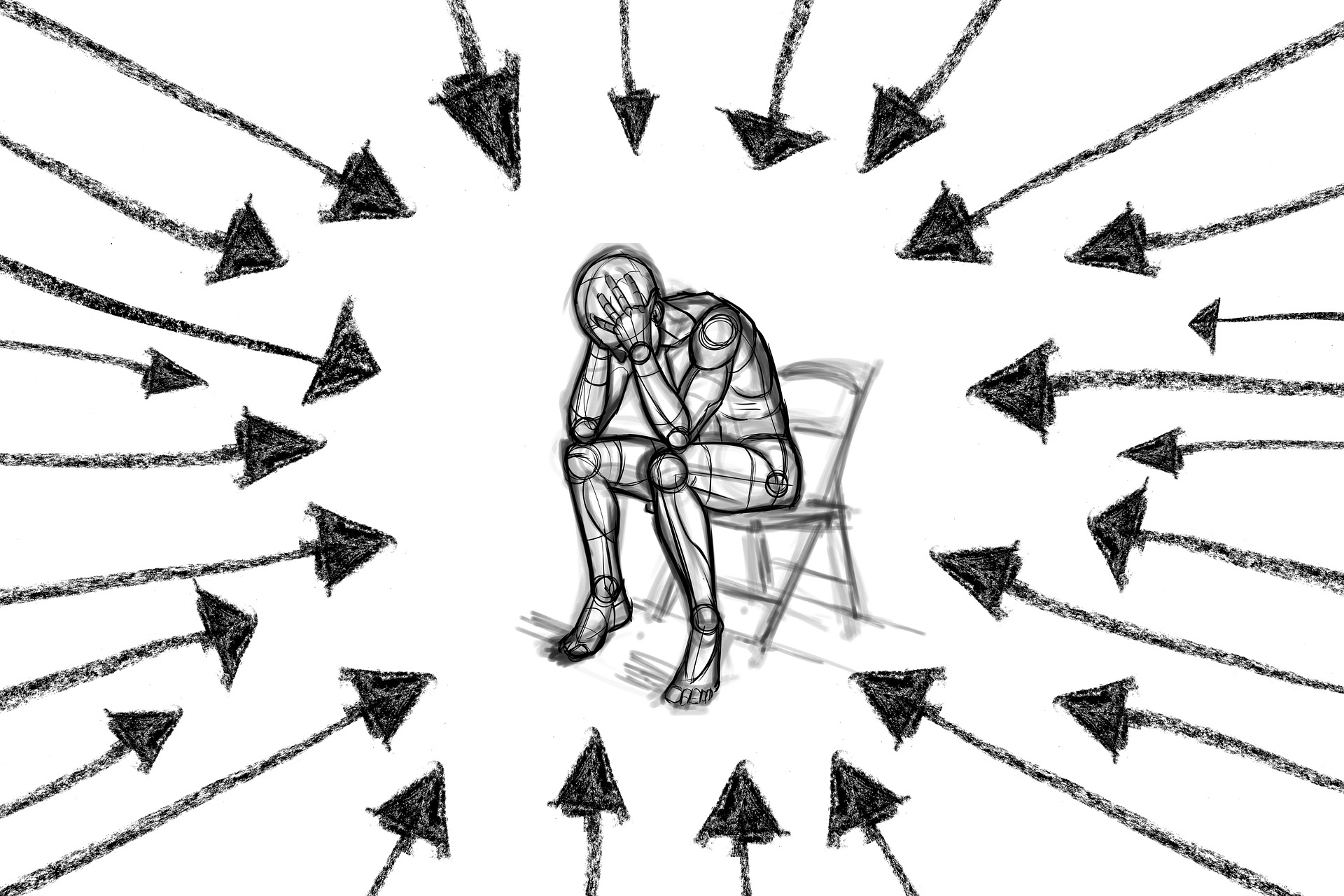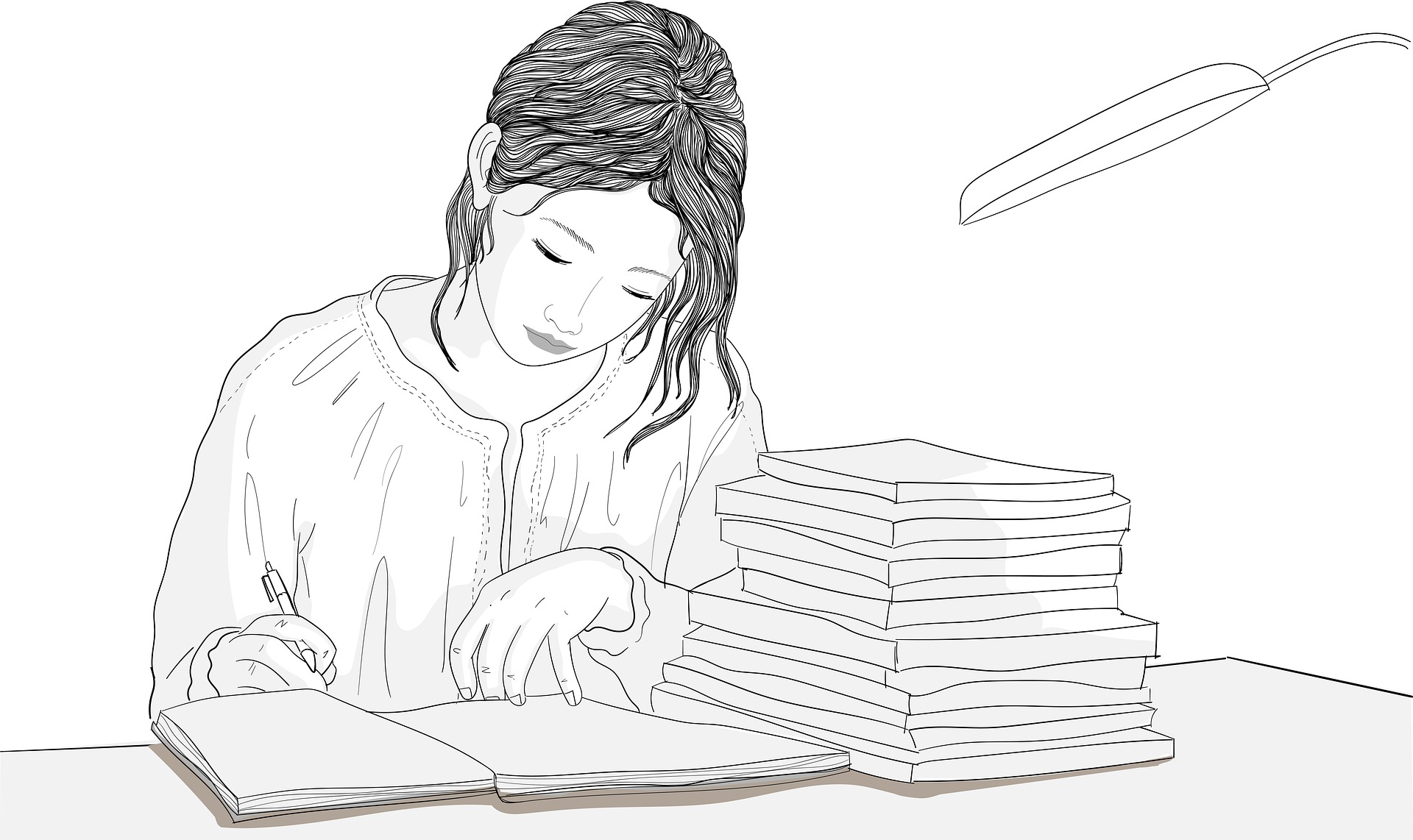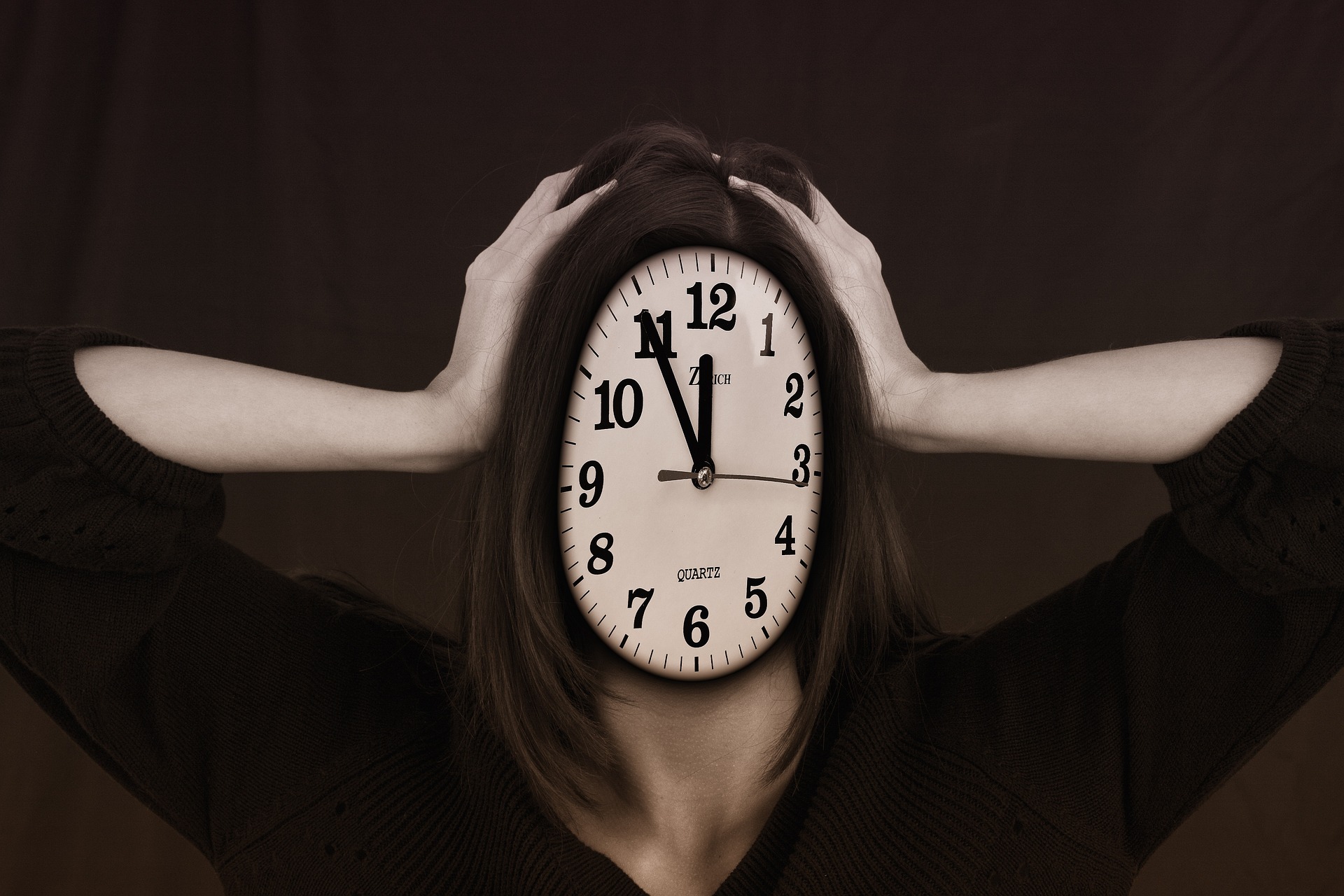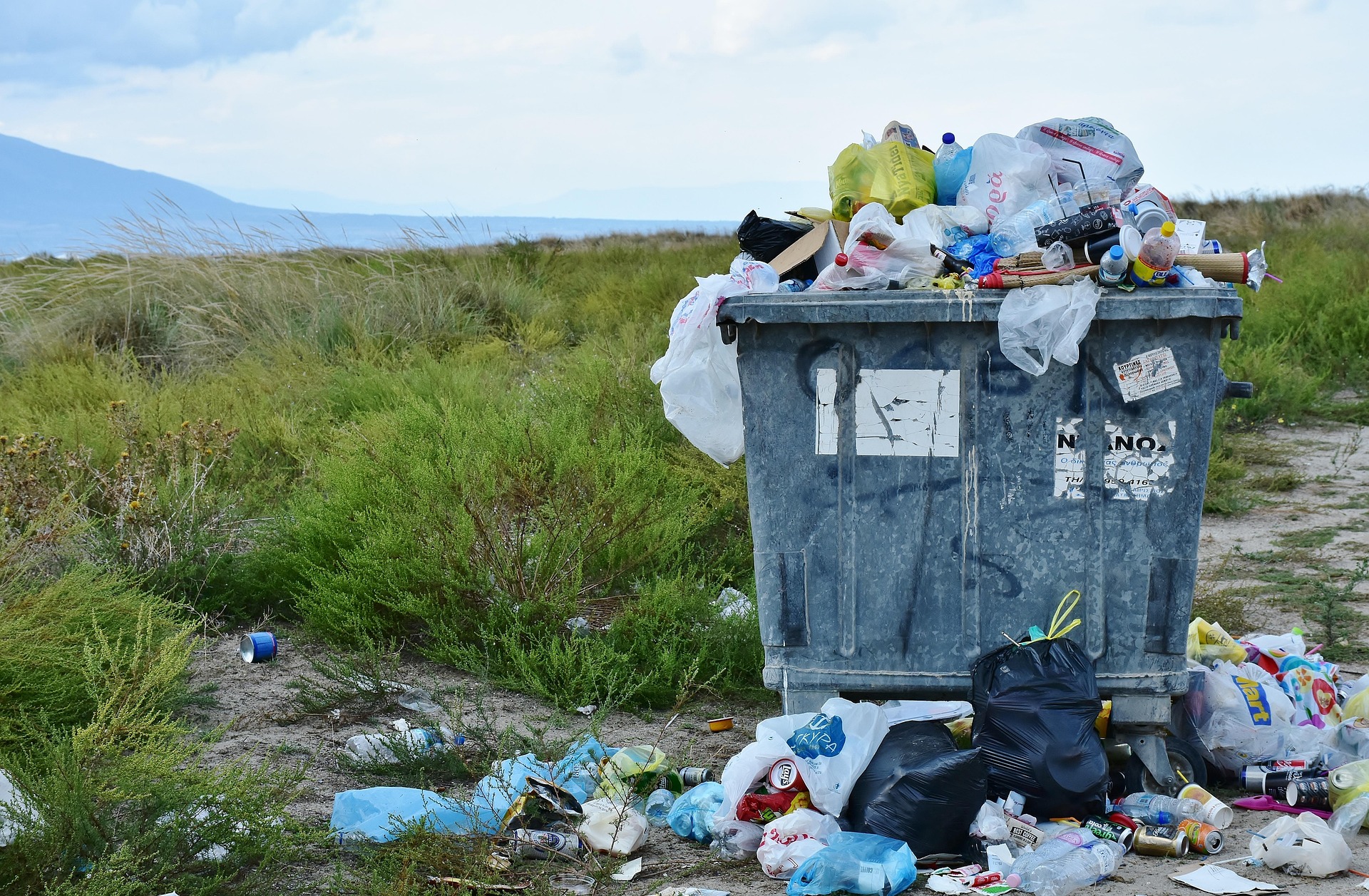Each and every one of us has, at one point in our lives, felt the weight of peer pressure. Whether this involves acting out and dressing similarly to everyone else or in the form of vandalizing buildings and taking drugs, many have found themselves in this uncomfortable position.
Author: Magdalena Totomanova
Most of us choose the easier option – succumbing – even if it comes at a cost because we all want to fit in and be liked. Wearing unique clothing or listening to niche music can result in being labeled as a social outcast or “weird.” Many, however, choose to be themselves and not give in. This requires an incredible amount of willpower as well as overcoming the fear of loneliness. From a young age, we are told to “be ourselves” and that “being different is good.” This message influences our mindset and is essential for developing our character. It lays the foundation for who we will become in the future. By learning to trust ourselves, we unlock our potential to achieve greatness.
Peer pressure is not a new phenomenon. It particularly affects younger individuals, whose brains are still developing, but people of all ages can be influenced by it. For example, many parents and grandparents create Facebook accounts for the same reason that teenagers use TikTok and Instagram: because everyone else is doing it, and the fear of missing out is simply too overwhelming. The origin of this psychological effect can be traced back to prehistory when humans were herd animals and needed to fit in to survive. Throughout the decades, this need to fit in has taken various forms, ranging from the bell bottoms and tie-dye shirts of the 70s to the vibrant, geometric patterns that defined the 80s.
The reason we see and hear so much about peer pressure today is because of social media. Seeing a certain make-up look, a certain body type, and certain clothes over and over makes users more susceptible to peer pressure because they have been convinced that, unless they look a certain way, they will never be liked by anyone. With social media so widely available, children as young as five are dressing in crop tops and flared jeans, fuelling the never-ending war against their insecurities.
Access to platforms like Instagram, TikTok, X, and YouTube from a young age enables many children and teenagers to share their lives publicly. When faced with negative feedback in response to their self-expression or appearance, many feel compelled to revert to safer choices, sacrificing their authenticity in the process. However, it is vital to realize that peer pressure is not inherently negative. Surrounding ourselves with driven individuals can cultivate positive habits, such as diligent studying, which often leads to academic success. Yet the harmful side of peer pressure is all too common, evidenced by rash trends like ingesting dishwasher tablets, applying ice and salt to the skin, and attempting to restrict oxygen flow to the brain – actions that have resulted in severe injury for many. As society continues to evolve, so too will peer pressure. New trends and emerging social media platforms will inevitably create fresh challenges and dynamics in our interactions. This phenomenon highlights the complexities of human relationships stemming from our fundamental need to belong. This need will continue to influence future generations as technology evolves and societal norms change.
Cover picture by: geralt – Pixabay
Edited by: Ieva Stalauskaite, Johanna Larsson Krausová



